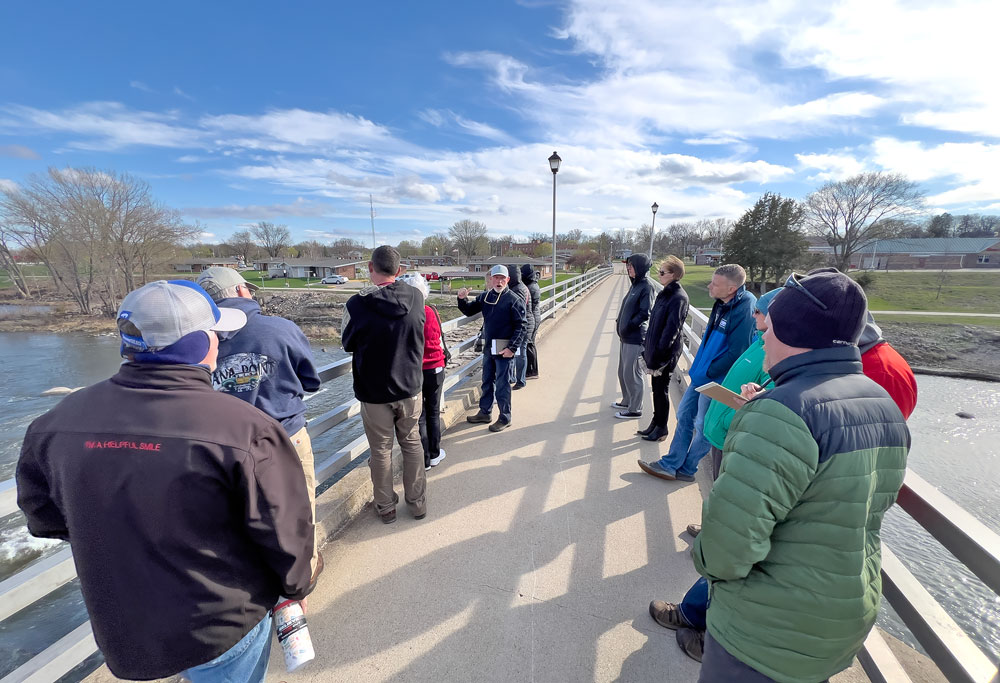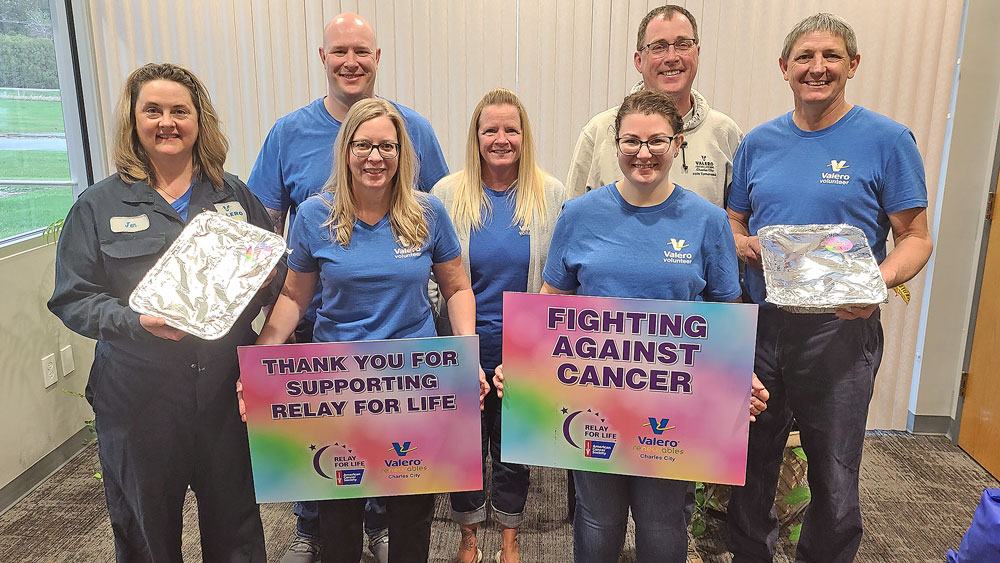Feds prepare for mass release of prisoners
Feds prepare for mass release of prisoners
During las week’s Democratic presidential debate, Hillary Clinton said, “We have got to stop imprisoning people who use marijuana.”
Carly Fiorina said during a recent Republican debate, “Two-thirds of the people in our prisons are there for nonviolent offenses, mostly drug-related.” The Federal Bureau of Prisons is slated to release 6,000 prisoners as a result of modest changes to federal sentencing guidelines. Why the need to overhaul the federal system? Since 1980, federal prison population has increased by 800 percent, and prisons are nearly 40 percent over capacity. Federal prisons consume a third of the Justice Department’s $27 billion budget.
The rhetoric, as perpetuated by Clinton and Fiorina, is that the release of these 6,000 inmates would focus primarily on “nonviolent drug offenders.” The reality is — according to the U.S. Sentencing Commission — of 21,907 drug offenders sentenced under federal sentencing guidelines in 2014, only 0.3 percent were for marijuana possession. Roughly 18 percent of those drug sentences were for trafficking marijuana.
So who are these 6,000 inmates set for release?
According to The Marshall Project, they are mostly black and Hispanic men. The average age is mid-30s. Their drug of choice was cocaine, including crack, followed by methamphetamine.
State and federal prisons release about 13,000 inmates every week as they complete their sentences, but 6,000 at once is different — “the largest one-time federal release,” according to The Washington Post.
An Associated Press analysis of about 100 of those inmates slated for release found that they are not as “nonviolent” as has been suggested. Some of those being released have histories that include carrying semi-automatic weapons, past convictions for robbery and other crimes, some moved cocaine shipments across states lines, while others participated in international heroin smuggling.
Twenty years ago, the Bureau of Justice Statistics found that trafficking in illicit drugs tended to be associated with the commission of violent crimes. That has not changed. Some of the reasons for the relationship between drug trafficking and violence include competition; ripoffs among traffickers; dealers are prone to violence and drug markets proliferate in violent neighborhoods.
A greater concern is that any effort to get back to historic levels of incarceration would require prison population to be reduced substantially, that cannot be achieved by releasing only “nonviolent drug offenders.”
More than half of today’s state inmates are in prison for violent crimes, according to Bureau of Justice Statistics.
There is no reason to believe that those numbers are not also representative of the federal prison system. Solving mass incarceration requires releasing some violent and dangerous people. The problem is how to do that without compromising public safety.
Mark A.R. Kleiman, Angela Hawken, and Ross Halperin wrote last spring for Vox Media, “For the transition from prison to life outside to be successful, it needs to be gradual.
If someone needed to be locked up yesterday, he shouldn’t be completely at liberty today.
And he shouldn’t be asked to go from utter dependency to total self-sufficiency in one flying leap. He needs both more control and more support. Neither alone is likely to do the job.”
Presidential hopefuls and policy-makers continue to suggest that prisons are flooded with “nonviolent drug offenders.”
That argument is specious.
The focus should not be on how many inmates can be released wholesale, but rather where the resources are going to come from to help those released succeed in society as law abiding, tax paying, productive citizens.
Matthew T. Mangino is of counsel with Luxenberg, Garbett, Kelly & George P.C.
You can reach him at www.
mattmangino.com and follow him on Twitter at @MatthewTMangino.
Matthew T. Mangino
Commentary








Social Share